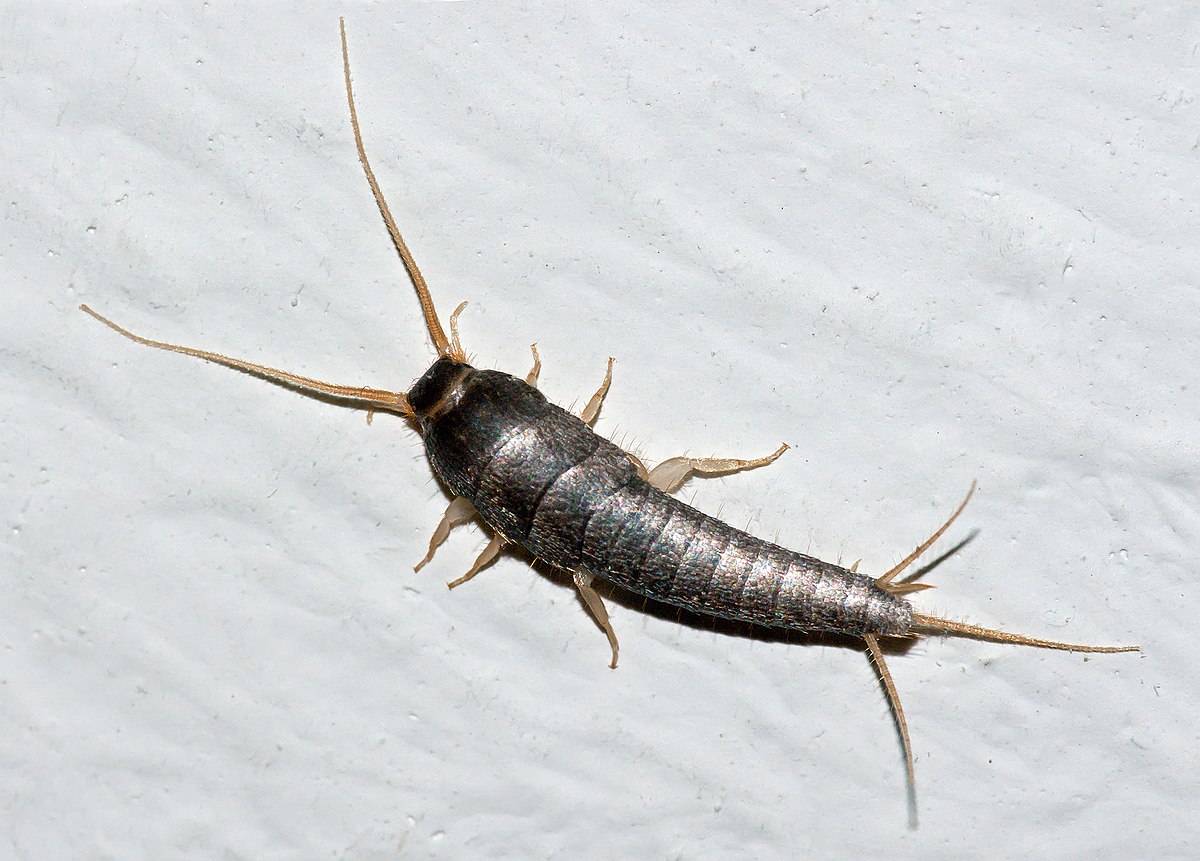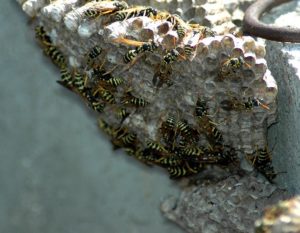Whenever we spot this particular insect in our homes, the first thing that comes to mind is what causes silverfish? In older homes such as the ones in London, these pests can be a common sight. And the reasons for silverfish are plentiful.
Knowing what causes silverfish will help you with preventing silverfish in the future. And will also help you what sort of silverfish treatment you may need to have.
What Are Silverfish?
Before we look at what causes silverfish and why do you get silverfish, let’s look at their main identifiers so you know what you’re dealing with. Silverfish are flat, elongated bugs that are almost an inch in length. They don’t have wings, but they can be very speedy when they want to. It’s very rare that you will catch a silverfish in the day. They are nocturnal and only tend to come out at night.

Are you unsure why silverfish have chosen the more damp, dark places in your home instead of nestling in your bedding or watching TV in the lounge? That’s because silverfish love the damp conditions a bathroom provides. It’s the perfect habitat for them.
What Causes Silverfish In My Bathroom?
These pests love moist, dark places, so your bathroom is high on their list. The cause of your silverfish infestation often begins with water damage. And where has the most potential for water damage in your home? The bathroom. You can also often find silverfish in the loft, kitchen and cellar (if you have one).
Silverfish are a warning sign to a bigger problem. It could mean that your gutters aren’t working properly, or that water is accumulating somewhere from when it rains, damaging the wood in your home. When this wood starts to rot it’s one of the major silverfish causes because it creates great entry points for these pests (and other pests too if you aren’t careful).

Whilst you’re figuring out what causes silverfish, a lot of damage could be happening to your home. Silverfish won’t affect your health at all, but the water damage in the area that they came from could be very costly to repair.
Preventing Silverfish In Your Home
Prevention is always better than the cure when it comes to pest control. It’s better to avoid an infestation altogether rather than experience one and have to spend your money and time on having it treated. You don’t want to see hundreds of these creatures when you’re brushing your teeth. That’s why you need to come up with a plan to keep them out of your home in the first place.
Silverfish are addicted to moisture. So the most effective way to prevent them is to make sure your bathroom is properly ventilated. This can be done by opening your window when you’re bathing or showering, even if it’s just a crack, to let the steam out. If you let the steam out it won’t have the chance to cause condensation and dampen the walls. You can also use your extractor fan to clear the steam. Particularly if you don’t like opening the window, and it also prevents mould and mildew too.

Silverfish tend to be very shy, which is why they hide during the day. If you have a cluttered bathroom, you’re providing them with lots of different places to hide. Wet towels to silverfish are like a mansion to a human. If you leave them on the bathroom floor, silverfish will move in on them very quickly.
The cracks in your walls and skirting boards are also great hangouts for silverfish. Doing a spot of DIY and sealing all of these properly is a good move. It means you can eradicate another hiding place that could be used by other pests as well.
How Do I Get Rid Of Silverfish?
If you have recently been inundated with these annoying insects then you need to take action very quickly to rid your home of them. When you’re seeing quite a lot of these pests in a day, you really need to call in the pest control experts as you are experiencing a silverfish infestation. This is a problem that needs to be taken care of immediately. You should also check in your other rooms. Make sure there are no signs of silverfish activity in them. The most common places you will find silverfish in rooms other than the bathroom are in the back of cupboards and drawers, and around the skirting boards.
Many homeowners turn to DIY methods such as wiping the walls with a solution of bleach and water to eradicate a pest problem. This may be good for bathroom mould, but whenever there is a pest problem in your home you should always call on the help of a fully trained pest control specialist to make sure the problem is dealt with completely.







